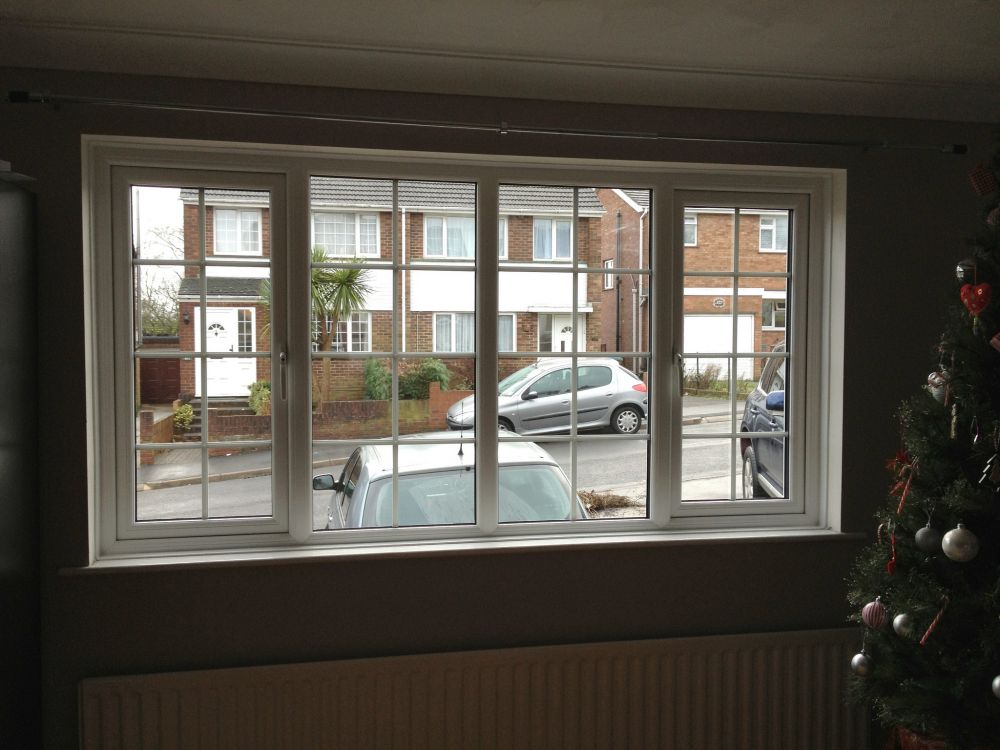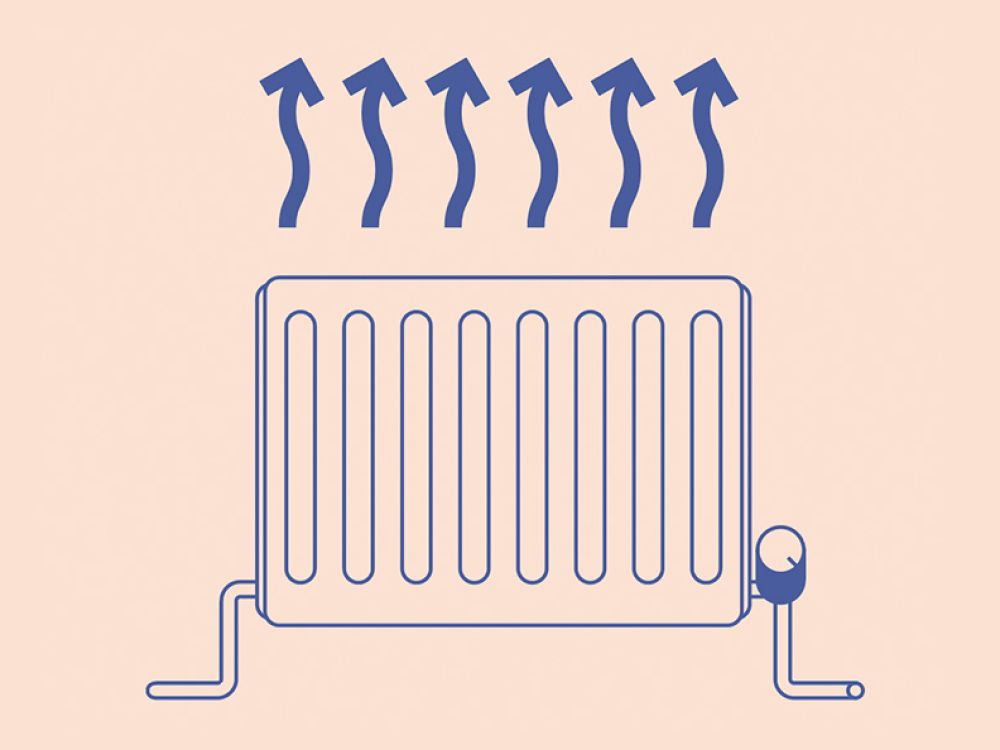
Do you want to lower your bills and reduce your impact on the planet?
15% of the UK's emissions come from heating our homes. But measures like installing cavity wall insulation could help reduce your bills up to 20% and reduce your emissions by more than half.
Discover what you can do to heat your home for less.
1. Insulate your home

Loft insulation
Loft insulation is cheap and simple to install, so it's worth telling your landlord this if you rent. Fit it to a depth of 270 mm. It'll pay for itself in a year through lower energy bills (or 2-3 years if you pay someone else to install it).

Cavity wall insulation
Get a professional to install insulation if you have cavity walls, or external cladding if you have solid walls. Internal solid wall insulation can be messy and is best done when decorating. Average costs for a 3-bedroom semi-detached house are £12,000 for external cladding or £8,000 for internal insulation (although much cheaper DIY internal insulation is much cheaper). Costs for cavity wall for a semi-detached are typically £1200.

DIY internal wall insulation
You can install internal wall insulation yourself, and it's both effective and cheap. The insulation either comes as boards or in rolls that you stick to the wall with special adhesive. If you rent, check with your landlord before decorating, and see whether you could benefit from the Affordable Warmth Obligation.

2. Stop draughts in your home

Home heating facts

3. Install low-carbon heating
Even a well-insulated house needs heating in winter.
Switching to the best eco-heating option, a heat pump, can really reduce your impact on the planet, and cut your emissions by up to 60% .
Heat pumps extract heat from the air outside, heating water for your radiators. They even work below freezing, which explains why chilly Sweden uses so many of them.
4. Get solar panels
Renewable energy is the cleanest form of energy we can use. Imagine enjoying a sunny day, knowing the solar panels on your roof are generating free, clean electricity and hot water.
Your solar panels will probably pay for themselves in around 10 years. And they'll keep generating heat or electricity for decades.
Solar hot water panels are more efficient than solar electricity ones, but they're more costly to fit. If you do have the means and the space, install both.
You can also use excess solar electricity to heat a hot water tank. Solar panels that produce both electricity and heat could soon be a reality.


5. Glaze windows and doors

Did you know?

6. Get a smart heating control


7. Save energy and water
Switching off your TV isn't going to save the world from climate breakdown, but developing energy-saving and water-saving habits will make some difference.
Smart energy meters can be helpful in encouraging good habits, as they provide live info on how much energy you’re using. For example, you'll notice a difference in how much water and energy you're using by taking shorter showers (5 minutes or less).
If you can afford to, you can make an even bigger difference by replacing old, energy-guzzling appliances with efficient versions (A-rated and above).


